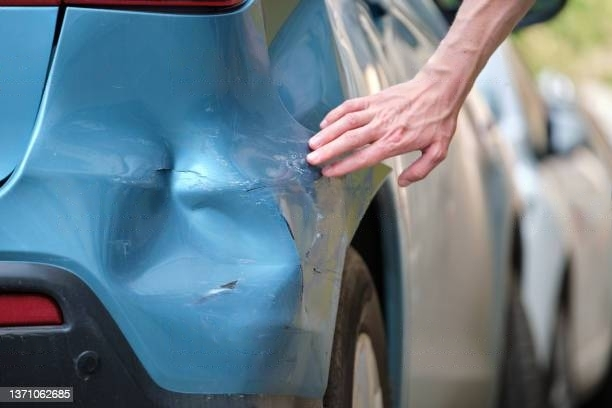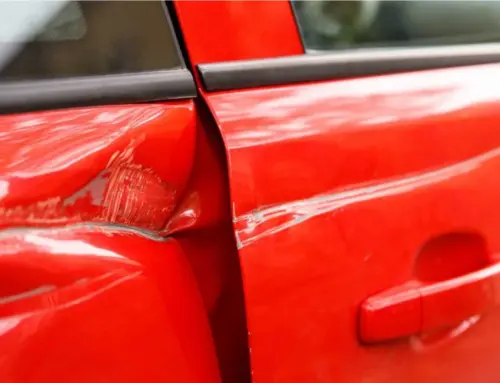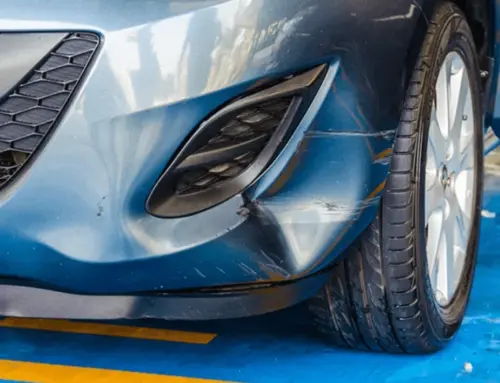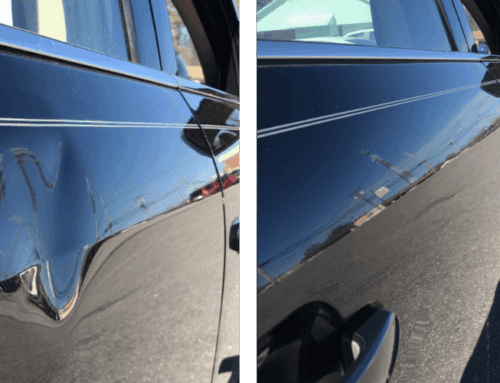Dents and dings on your vehicle can be a frustrating reminder of life’s little mishaps. Thankfully, the future of dent removal technology is changing the game, offering faster, more precise, and cost-effective solutions.
Traditional repair methods often meant lengthy processes and high expenses, but modern advancements are making repairs seamless and efficient. From paintless dent repair (PDR) to AI-assisted diagnostics, cutting-edge tools are transforming how technicians restore your car to its original form.
This shift isn’t just about convenience—it’s about delivering top-tier results with minimal environmental impact. Whether you’re a car owner, a repair professional, or simply curious about automotive innovation, understanding the latest in dent removal technology reveals an exciting look at how the industry is evolving to meet your needs. Let’s explore the tools and techniques shaping a smoother ride for everyone.
What are the latest innovations in dent removal technology?
The latest innovations in dent removal technology have made the process more efficient, precise, and less invasive, offering faster, cost-effective solutions for vehicle owners. Some of the key advancements include:
- Paintless Dent Repair (PDR) Evolution: PDR technology continues to improve with more advanced tools that allow technicians to access harder-to-reach areas of the vehicle. These tools are more durable, flexible, and precise, making dent removal quicker and more effective without damaging the vehicle’s original paint.
- Heat and Laser Technology: Laser technology is now used to detect and analyze the depth of a dent, allowing for more accurate and efficient repair. Additionally, controlled heat application helps to soften the metal, making it more malleable for technicians to reshape and remove dents without causing paint damage.
- Smart Dent Detection Systems: AI-powered diagnostic tools are revolutionizing how technicians identify and assess dents. These systems use cameras and sensors to map the damage and provide a detailed report, which helps technicians decide the most effective approach for repair.
- Mobile Dent Repair Technology: Portable tools and mobile repair units are becoming increasingly popular, allowing technicians to perform high-quality dent removal on-site. This innovation reduces the need for customers to visit a shop and allows for quicker repairs.
- Advanced Adhesive Pulling Systems: Adhesive pulling techniques have advanced, allowing for a more precise and less damaging approach to dent removal. These systems use specialized glue and pulling tools to remove dents without sanding or repainting.
These innovations improve the quality of dent removal and reduce repair times, costs, and the risk of further damage to the vehicle.
How does paintless dent repair (PDR) work?
Paintless Dent Repair (PDR) is a highly effective, non-invasive technique to remove dents from a vehicle without damaging the paint. The process relies on specialized tools and techniques to gently reshape the metal back to its original form. Here’s how PDR works:
- Assessing the Damage: The technician inspects the dent to assess its size, location, and depth. PDR works best for smaller, shallow dents and dings that haven’t damaged the paint.
- Accessing the Dent: The technician gains access to the back side of the dent, often by removing interior panels, lights, or trim. This access allows them to apply pressure to the metal from behind.
- Using Specialized Tools: The technician carefully massages the dent from the inside out using various tools, such as metal rods. The tools push or pull the metal, gradually returning it to its original shape.
- No Paint Damage: The key benefit of PDR is that it doesn’t require sanding, filling, or repainting. The original finish remains intact because the metal is reshaped without affecting the vehicle’s paint.
- Final Inspection: Once the dent is removed, the technician inspects the area to ensure flawless repair and surface.
PDR is a cost-effective and eco-friendly alternative to traditional bodywork. It preserves the vehicle’s value by avoiding the need for repainting.
Is PDR as effective as traditional bodywork and paint?
Paintless Dent Repair (PDR) can be just as effective as traditional bodywork and paint for certain types of damage, but it depends on the dent’s severity, location, and depth. Here’s how PDR compares to traditional repair methods:
- Best for Small, Shallow Dents: PDR is highly effective for minor, shallow dents that haven’t compromised the paint. PDR can restore the vehicle to its original condition for these types of dents without sanding, filler, or repainting.
- Preserve the Original Paint: One of the biggest advantages of PDR is that it preserves the vehicle’s factory paint, which helps maintain its resale value. Unlike traditional bodywork, which often requires repainting and can affect the car’s original finish, PDR is gentle on the paint.
- Limitations with Larger or Deeper Dents: PDR may be less effective for larger or deeper dents for larger or deeper dents. In these cases, traditional bodywork might be necessary to fill, sand, and repaint the damaged area.
- Faster Turnaround Time: PDR typically takes less time than traditional repairs. While traditional bodywork can take several days or even weeks, depending on the damage, PDR can often be completed in a few hours.
- Cost-Effective: PDR is usually more affordable than traditional bodywork, making it an attractive option for minor dents and dings.
While PDR isn’t a one-size-fits-all solution, it can be as effective as traditional bodywork for many minor dents while offering faster, more affordable repairs.
What factors influence the cost of dent repair?
The cost of dent repair can vary significantly based on several factors, including the type of dent, its location, and the repair method used. Here are some key factors that influence the price:
- Dent Size and Depth: Larger and deeper dents are typically more expensive to repair because they require more time and effort. Shallow, small dents are easier to repair and generally cost less.
- Location of the Dent: Dents in harder-to-reach areas, such as the edges of panels or near braces, may increase costs because they require more specialized tools and techniques.
- Type of Repair Method: Paintless Dent Repair (PDR) is often cheaper than traditional bodywork because it doesn’t involve sanding, filling, or repainting. The cost will be higher if the dent requires traditional repair (e.g., painting or filling).
- The severity of the Damage: If the dent has cracked or chipped the paint, it may require more intensive repairs, such as repainting the affected area, which increases the overall cost.
- Labor and Time: The complexity of the repair can affect labor costs. Dents that require more time or specialized skill (like handling aluminum or high-strength steel) may result in higher charges.
- Vehicle Make and Model: High-end or luxury cars requiring specialized tools or expertise may incur higher repair costs than standard vehicles.
- Location and Shop Rates: Prices may vary based on geographic location and the reputation or experience of the repair shop. Urban areas tend to have higher labor rates compared to rural areas.
By considering these factors, car owners can better understand the potential cost of dent repair and make informed decisions about the most cost-effective solutions.
Experience the Future of Dent Removal Technology Today!
Experience the future of dent removal technology today with Piedmont Dent Repair! We use the latest paintless dent repair (PDR) advancements and cutting-edge tools to restore your vehicle’s appearance without needing costly and time-consuming traditional bodywork. Our skilled technicians utilize precise techniques that preserve your car’s original paint, ensuring a flawless finish.
Whether it’s minor dings, hail damage, or parking lot mishaps, we provide fast, efficient, and affordable solutions. Trust Piedmont Dent Repair to bring your vehicle back to life with the most advanced dent removal technology. Contact us today for a free consultation!





